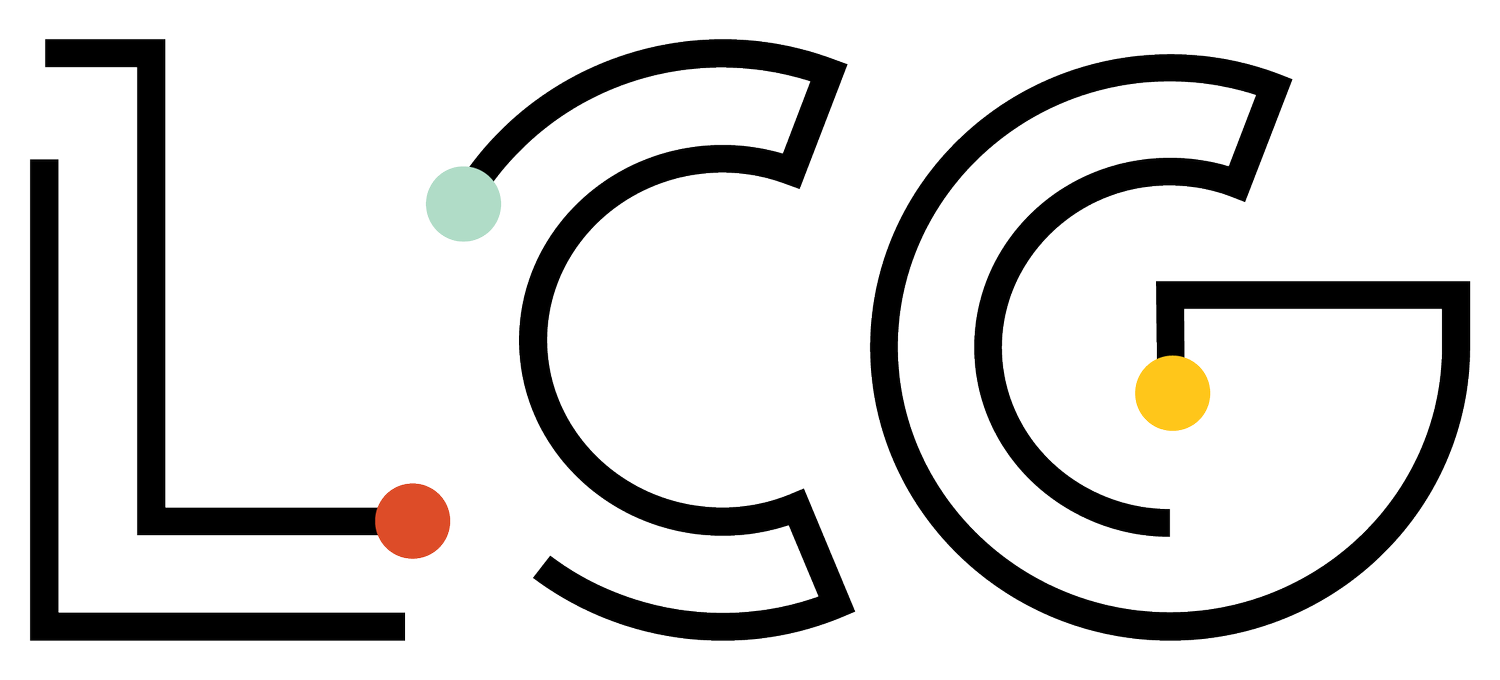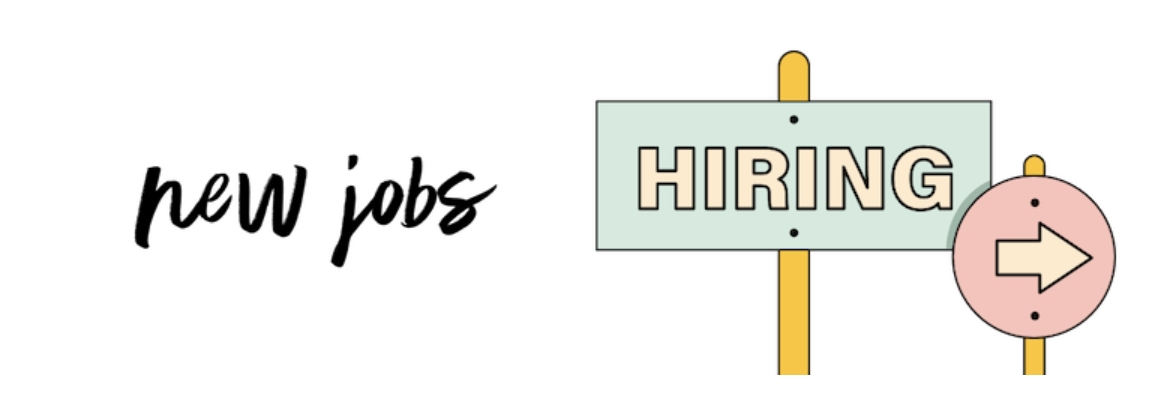Volume 35
Wow! We’re officially halfway through the year. 🤯 Midway points like this before the back-to-school storm offer a perfect time for reflection. What’s working? What’s not? How well are you pacing towards your goals? Are you prepared for the 2024-2025 academic school year?
Although this line of thinking can be very practical and logistical, I personally like to weave in elements of gratitude and compassion as I reflect. This helps me not overly obsess about the things that didn’t get done or didn’t work and focus on the bigger picture. I mean, how truly lucky are we that we get to work in an industry as impactful as EdTech? Although it certainly has its challenges, I can’t think of another place I’d like to roll up my sleeves and do great work. Educators and students need our help more than ever.
Perhaps I’m more grateful than normal because of ISTE’s annual conference, which just concluded in Denver. This was my 14th ISTE, and seeing all of the educators and EdTech brands I’ve collaborated with over the years still gives me goosebumps. We get to collaborate and learn from some of the most inspiring and innovative people.
We felt so much support, kindness, and humor from so many folks in education at our 5th annual party at ISTE. You all continue to fuel me to do even more in EdTech. This is true for educators as well. Many tell me that after spending time at ISTE with other innovative educators, they felt more recharged and ready to tackle another school year.
For those of you who didn’t attend ISTE, many EdTech trends that we saw at the start of the year continued to stay at the forefront. Although there continues to be a huge amount of attention centered around AI, I’ve noticed a welcomed shift. More and more people are asking critical questions about why and to what end AI is being used. Data privacy, standards alignment, and intentional integration into learning popped up more and more. AI sessions that just catered towards prompt engineering and what I call “shiny object syndrome tech” were met with educator critique. Emerging extended reality technology also seems to be here to stay, with more XR/VR companies exhibiting. It’s still early days, but I’m intrigued by the promise of the technology as more companies begin to provide curricula aligned to standards. Robots were also a common sight at ISTE, and the closing keynote highlighted a ballet dancer's passion for programming robotic dance partners.
Some of our team had the opportunity to visit the Molly Brown House Museum while in Denver, and I can’t think of a more inspiring person to end this letter with than Margaret Brown. She was known as a heroine of the Titanic and a philanthropist, and she famously said, “It makes no difference to me where I go. I am ready to go anywhere I am needed.” Thank you to all of you who continue to go where you are needed to help improve education.
I hope many of you continue to take a much-needed break for this holiday week, Elana
PS: Reply back to this newsletter to tell me about your ISTE experience. What trends popped out to you? What are you thinking about differently now?
[Download] The Extended EdTech Marketer's Planner
Reach your content, social media, and event goals with our 2024 EdTech Marketer’s Planner, packed with templates, strategies, and editable calendars.
Marketing + Community:
These two social media marketers share how they build and measure brands' social media success, including metrics that matter most, getting leadership buy-in, and predictions for the next five years.
Brand-building programs can be difficult to justify in a performance-driven culture. Robert Rose gets into some of the nuances of brand building, including how to see the value, even when it's tricky to spot.
Most good social strategy includes uplifting voices from within your topics to show your expertise within an industry. We love these tips on how to curate a list of awesome sources and how to batch them into your feed.
If you’re not being intentional about the communities/identities that you’re trying to reach in your marketing efforts, it can be easy to leave them out. Check out these tips about inclusive marketing.
A new role is emerging for a rising number of community professionals – a support function that enables other departments to build thriving communities across the enterprise.
💰 [Bonus] This conversation about content management + project management will revolutionize your content process.
Education
This middle school educator is meeting students where they are, providing grammar lessons on her TikTok with over 10K followers.
The summer months provide an ideal opportunity for educators to dive into the world of AI, from experimenting with creative personal projects to thoughtfully planning how to integrate AI into the new school year.
An educator with 24 years of experience shares insights and strategies for building and maintaining a positive relationship with parents / parental figures.
This intervention framework isn’t just for math – learn how Multi-Tiered System of Supports (MTSS) helps educators provide academic and behavioral strategies for students with various needs.
In recent years, a convergence of trends in education and broader society have contributed to widespread enrollment losses in districts of all shapes, sizes, and locales. The topic of enrollment decline has become a fixture of school board meetings and media coverage.
Senior Major Gifts Officer, East - News Literacy Project
Marketing Copywriter - Goalbook
Customer Service Manager - inquirED
Project Manager, Innovative Learning - ISTE - ASCD
Information Technology Specialist - Design Tech High School
Marketing Communications Specialist - Gaggle
Marketing Manager - Accessible-Tech
Performance Marketing Manager - Branching Minds
Managing Director - InnovateEDU
[Bonus] Did you know that the word "Robot" comes from the Czech word “robota,” or forced labor, as done by serfs. Its Slavic linguistic root, “rab,” means “slave.” 🤯







